11 Best Cornmeal Substitutes
When you buy through our links, The Breslin may earn an affiliate commission. Learn more
Why should you use cornmeal substitutes? Why not go straight to the grocery store and buy cornmeal? Admit it, we don’t always have time to go to the grocery store for only a couple bags of cornmeal. And one never has only cornmeal in his/her kitchen cupboard.
Cornmeal has become a significant and widely used ingredient in cooking. Its signature corn flavors and consistency add delight to the dish. So what to do when you have none of it?
Basically, finding a substitute that is readily available and can be used for versatile purposes is much more helpful than sticking to cornmeal, plus the striking novelty and admirable creativity in it.
Therefore, in this post, I will give you all the popular replacements for cornmeal. All come with recommendations to use in various cases, so you will be guided to make the most bang for your buck.
Hopefully, you will find a good substitute for your specific need. Perhaps after this post, you will switch to use them in the long term than just as a temporary solution.
What Is Cornmeal And Their Uses?
Cornmeal is basically dried and ground corn, with varied textures from coarse, medium to fine grinds. Cornmeal is a rich source of fibers, proteins, and packs with many other nutrients. It is also gluten-free, so preferable to promoting healthy eating habits.
Cornmeal is a widely used ingredient in Mexican and Italian cuisine. Its similar function to flour has made it ubiquitous in baking and a major ingredient in the popular cornbread.
Another use is for crumbing fried food such as fried fish or chicken nuggets.
It is also used to make delicious porridge and acts perfectly as a nutritious add-in for morning cereal. A lot of people would use it as a release agent in baking pizza to prevent it from sticking to the pan.
For nutrition facts, one cup ( 122 grams) of cornmeal contains:
- 442 calories
- 0.6 g of saturated fat
- 43 mg of sodium
- 94 g of carbs
- 8.9 g of dietary fibers
- 0.8 g of sugar
- 9.9 g of protein
- 5.2% daily value of vitamin A
- 23% daily value of iron
Popular Cornmeal Substitutes
If you are looking for cornmeal substitutes, the first thing you have to consider is cornmeal’s role in the recipe. With each of the listed substitutes, I have labeled its flavor and texture to cornmeal so that you can choose the best substitute for your recipe.
Without further ado, I will introduce you to the list of the most popular cornmeal substitutes.
Corn-Based Substitutes
Corn-based substitutes make sure the tasty signature corn flavor is well-maintained. If the corn flavor is what makes the dish shine, then you do not wish to change it, then check out the list below!
1. Corn Grits (Similar Flavors, Slightly Coarser Grinds)
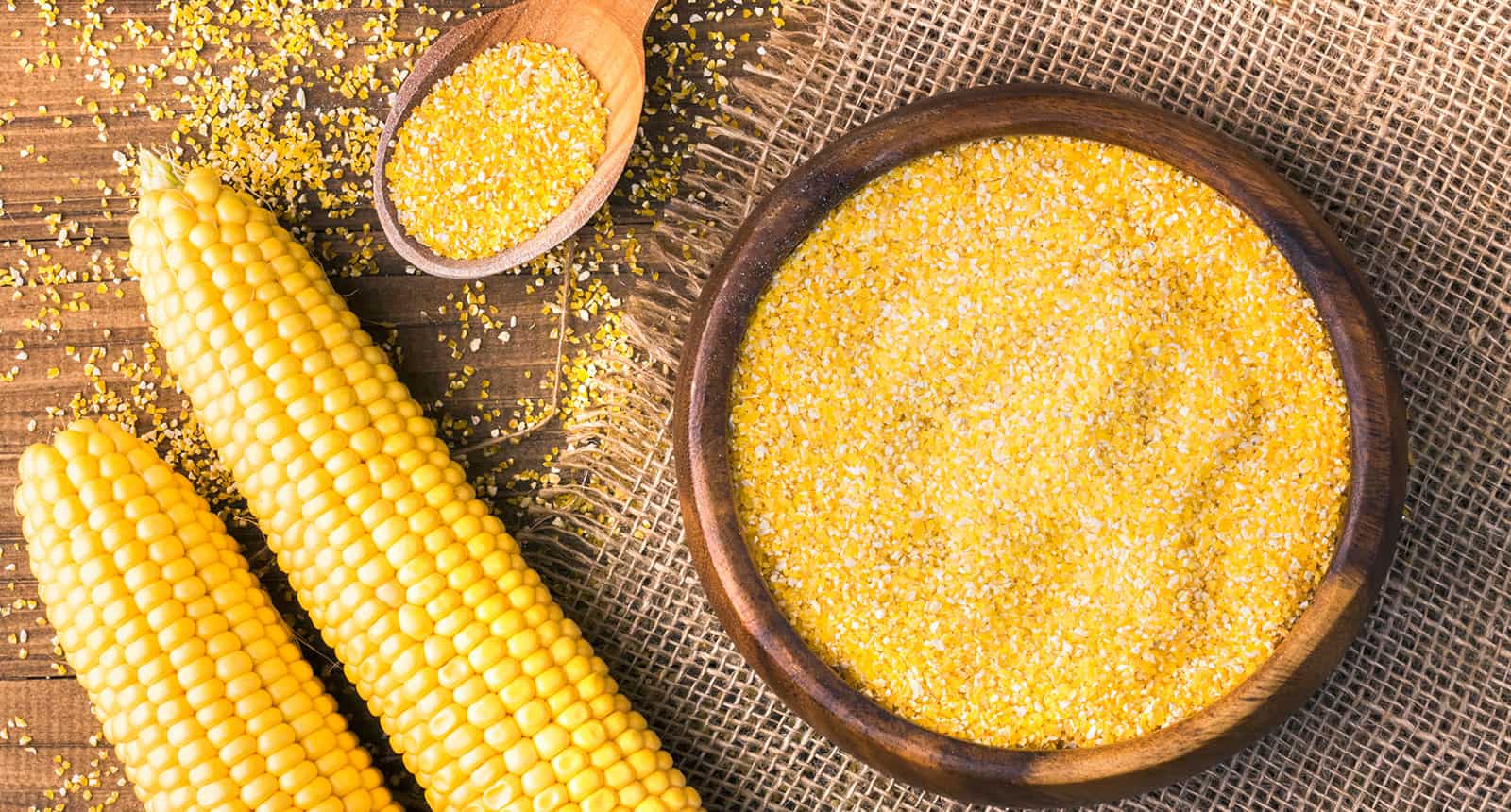
The most suitable alternatives to cornmeal are corn grits, which are coarsely grounded dried corn. Made from whole-grain kernels, it retains most of the corn flavors and therefore the pro-choice for people that love the fresh, mild, and sweet flavors of corn.
If you find the name familiar, it is because the noun “grits” also refers to a cornmeal porridge, which is made from the ingredient and popular in the South.
Corn grits are readily available in almost every grocery store, but they are not essentially the same. There are several types of corn grits in the marketplace: hominy, stone-ground, instant and quick grits. You can choose one that suits your preference.
Stone-ground grits are made from whole-grain corn kernels, traditionally crushed down with stone ground. So its texture is coarser than typical cornmeal, bears more corn flavors, and has a shorter shelf-life. Due to the laborious manufacturing process, it is the hardest to find in the marketplace.
Hominy corn grits are made from white corn kernels that have been soaked with lime water or alkaline solutions to remove hulls and germs. Its corn flavor is less subtle, and it comes with an earthy, sweet flavor and a creamier texture.
The removal of hulls and germs also makes it more digestible and decreases the likelihood of a bloated stomach.
Instant grits are finely ground corn kernels and precooked for around 10 minutes, then dehydrated. So it requires less time to be cooked through. Quick grits are the most common type of grit.
Despite its grittier texture, corn grits are still a perfect substitute for cornmeal in baking recipes. The recommended proportion for substitution is 1:1. Cornbreads made from corn grits are still fluffy, soft, and no less tasteful.
But if you want to play safe with a finer, cornmeal-like consistency, you can always blend it in a versatile food processor or blender, and the outcome is no different from cornmeal.
One cup (233 grams) of corn grits contains:
- 151 calories
- 0.1 g of saturated fat
- 32 g of carbs
- 1.6 g of dietary fiber
- 0.2 g of sugar
- 2.9 g protein
2. Polenta (Same Flavor, Coarser Grinds)
The second substitute for cornmeal is polenta. People hardly ever know how to distinguish between cornmeal and polenta.
While cornmeal is an ingredient, polenta is widely known as a staple rather than an ingredient. It can be considered an Italian version of cornmeal porridge.
Usually made from yellow corn, polenta has a slightly rougher texture than cornmeal and a sweeter flavor. Most brands on the market provide manufactured polenta in coarse grinds. If you do not mind the grainy taste, it can add pleasant grittiness to your dish.
Or you can process it the same way as corn grits above to achieve a finer consistency. Polenta and cornmeal are very similar, so you don’t need to adjust much to fit in the recipe. A proportion of 1:1 or some rough adjustments will still yield the same results.
Polenta can be used instead of cornmeal to make cornbread, corn muffins, or even cornmeal cookies.
One cup (240 grams) of polenta contains:
- 197 calories
- 6.2 g of saturated fat
- 0.4 g trans fat
- 28 mg cholesterol
- 21 g of carbs
- 1.8 g of dietary fiber
- 0.2 g of sugar
- 5 g protein
- 7.4 % of vitamin A of the daily value
- 7.2 % of calcium of daily value
3. Masa Harina/Corn Flour (Same Flavor, Fine Grinds)
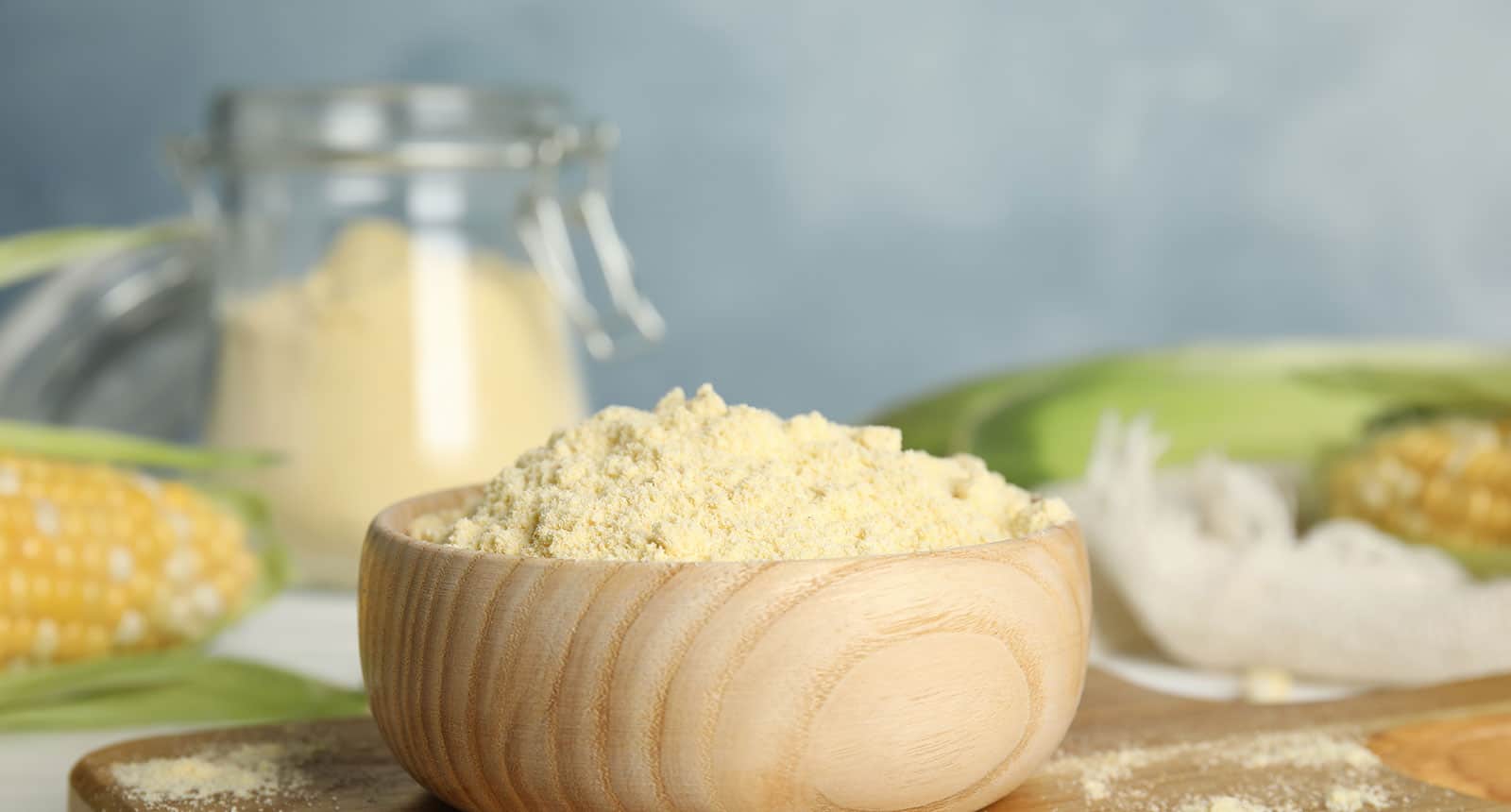
Masa Harina, or sometimes called cornflour, also proves to be an efficient substitute for cornmeal. This instant dried corn flour is made from dried corn soaked in calcium hydroxide and put through a grinder and comes out as corn dough, and then it is dehydrated and ground into flour.
Due to its very fine consistency, it is more easily incorporated into water, and best served in a recipe that requires a liquid, smooth batter.
Without cornmeal, people use it to make corndog batter, and the soft outer layer still tastes amazing and complements the savory sausage perfectly.
What’s more, cakes made from corn flour make a perfect dessert or snack with a soft, creamy, and dense texture and a gentle note of sweetness. Corn flour can also be used as a release agent instead of cornmeal in baking pizza and adds a little crunch to the base.
One cup (114 grams) of masa harina contains:
- 414 calories
- 0.5 g of saturated fat
- 87 g of carbs
- 7.3 g of dietary fiber
- 1.8 g of sugar
- 9.6 g protein
- 54% iron of daily value
- 12% calcium of daily value
4. Tortilla Chips (Similar Flavor, Crumby Texture)
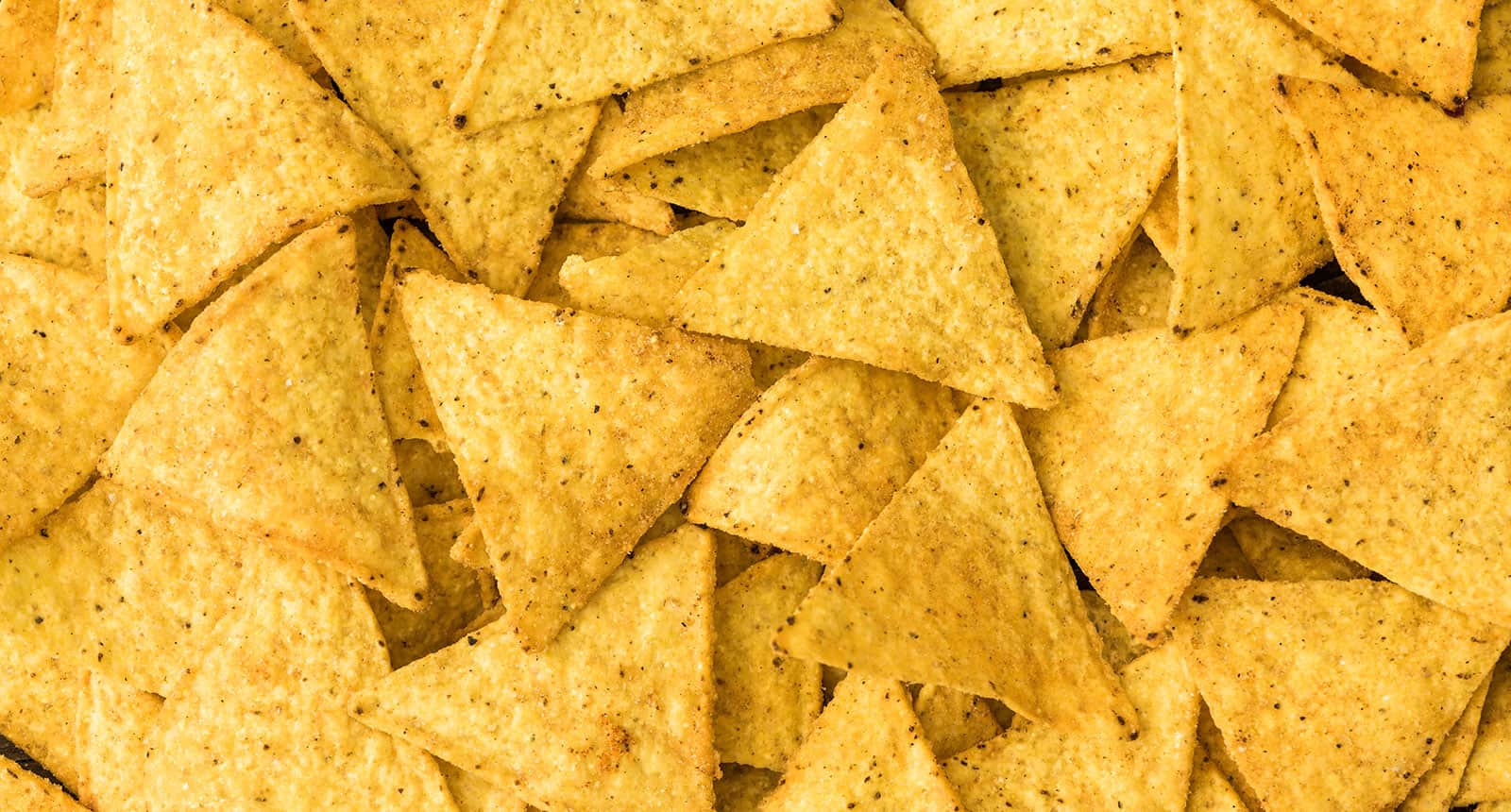
If you are looking for a new coat for dried food, I suggest you try some store-bought tortilla chips. Using it to crumb fried foods is definitely an innovative initiative in the kitchen!
Tortilla chips are easy to find and prepared with less messiness. No need to pour them out; just directly squeeze them or crush them down with a rolling pin, and they are ready for use.
One thing you should remember is that regular tortilla chips are heavily seasoned so they contain a fairly high amount of sodium. A high intake of salt for a long time can lead to many health problems, so you should not use this product regularly.
Moreover, the saltiness in tortilla chips may make the fried food too salty to eat. You should find those bland versions to adjust the taste more easily. Or, if you wish to keep the original savory taste of tortilla chips, do a slight seasoning to the foods before deep-frying.
Besides its wonderful performance in crumbling fried foods, it also works excellent in cookies. For nutrition facts, one cup (32 grams) of tortilla chips :
- 151 calories
- 0.9 g of saturated fat
- 0.3 g trans fat
- 105 mg sodium
- 22 g of carbs
- 1.7 g of dietary fiber
- 0.3 g sugar
- 2.3 g protein
5. Cornflakes (Similar Flavor, Crumby Texture)
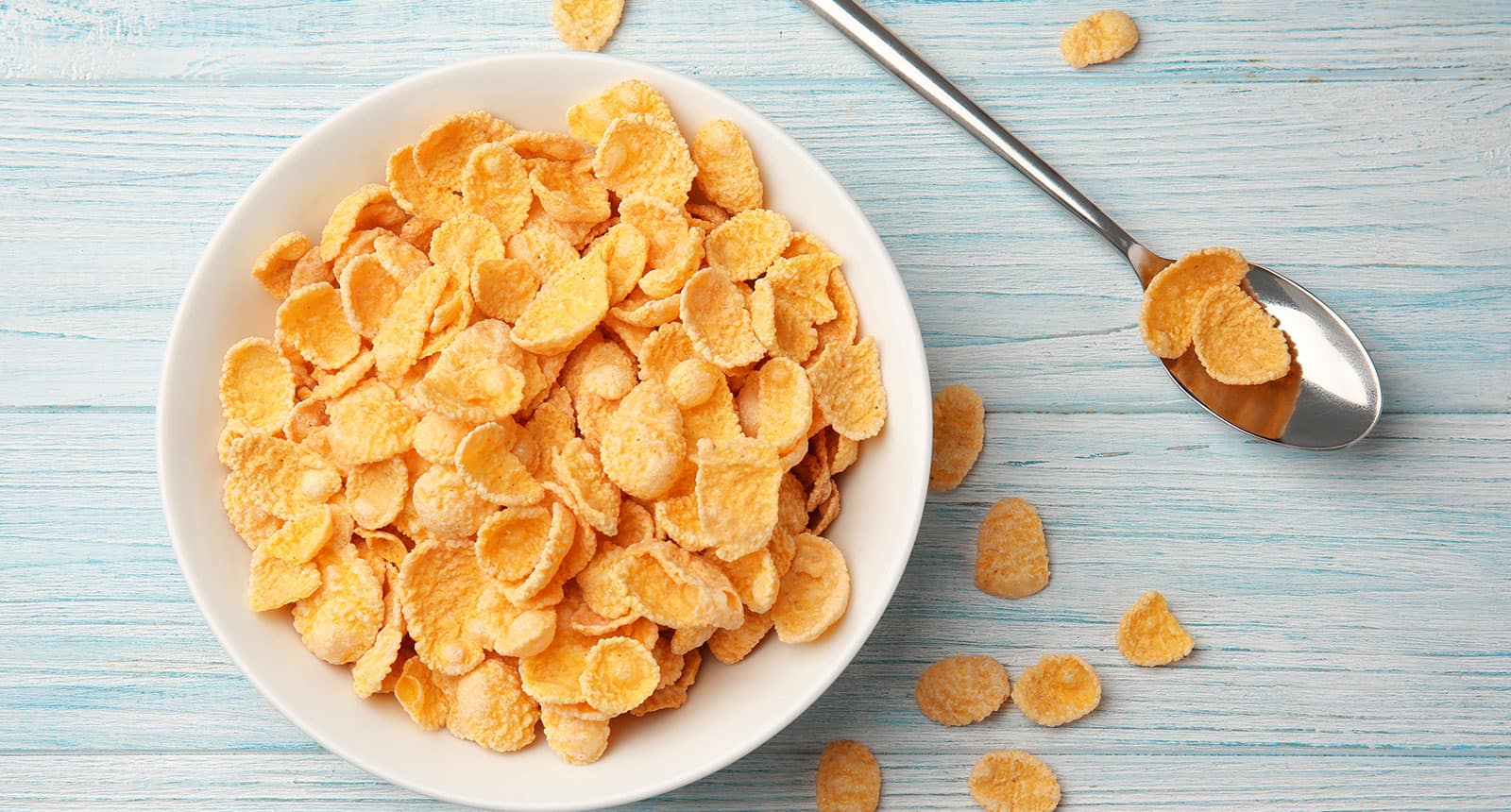
Similar to tortilla chips, cornflakes already have the desirable crunchiness and can be substitutional for coating deep-fried foods.
Regular corn flakes bear very little flavor and a slight sweetness. Its plain taste allows for more versatile uses in both breading and baking. And you are free to adjust its taste to your liking with spices.
You should try it in crumbling fish and drumsticks; it provides a golden-brown exterior, which will definitely appease your growling stomach. While its use is limited in the role of cornmeal substitute, it can still serve many other purposes.
For nutrition facts, a cup (28 grams) of cornflakes contains:
- 100 calories
- 0.3 g of saturated fat
- 24 g of carbs
- 0.9 g of dietary fiber
- 2.7 g of sugar
- 2.1 g protein
- 10% vitamin A of the daily value
- 40% iron of daily value
Non-Corn Substitutes
If you are allergic to corn, a non-corn substitute will be a healthy choice. Sometimes the use of these substitutes can bring an upgrade of flavors to the dish! Let’s dive into all the special features of these ingredients!
6. Semolina (Medium Grinds, Different Flavors)
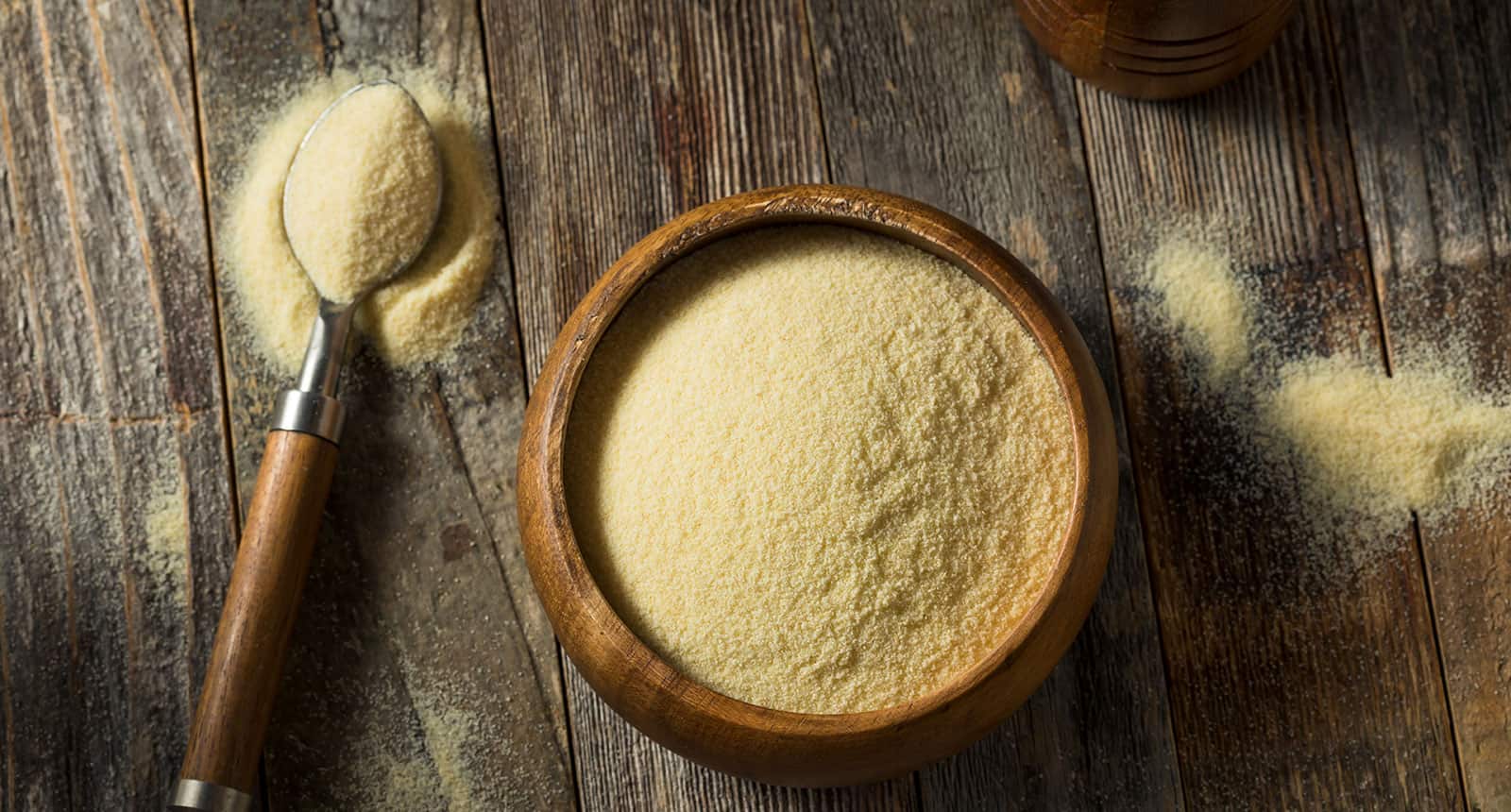
Semolina is purified, milled grinds from durum wheat, which is a highly glutinous cereal grain. This type of flour is ubiquitous in making pasta, but it also fulfills its role as a cornmeal substitute.
It has nutty flavors, a sweet taste, and yellow color that adds to the delectable look of the dish. It has a range in texture, but the most common one is medium grinds whose texture resembles cornmeal.
It can be used to replace cornmeal in cakes and pastries recipes. Pizzas, bread, and cookies made from semolina have a lovely smell and a very filling mouthfeel.
Semolina pudding is also a delightful dish to surprise your guests. It is also used to prevent bread and pizza dough from sticking.
For nutrition facts, a cup (167g) of semolina contains:
- 601 calories
- 0.3 g of saturated fat
- 122 g of carbs
- 6.5 g of dietary fiber
- 21 g protein
- 40% iron of daily value
7. Ground Flaxseed (Medium Grinds, Different Flavors)
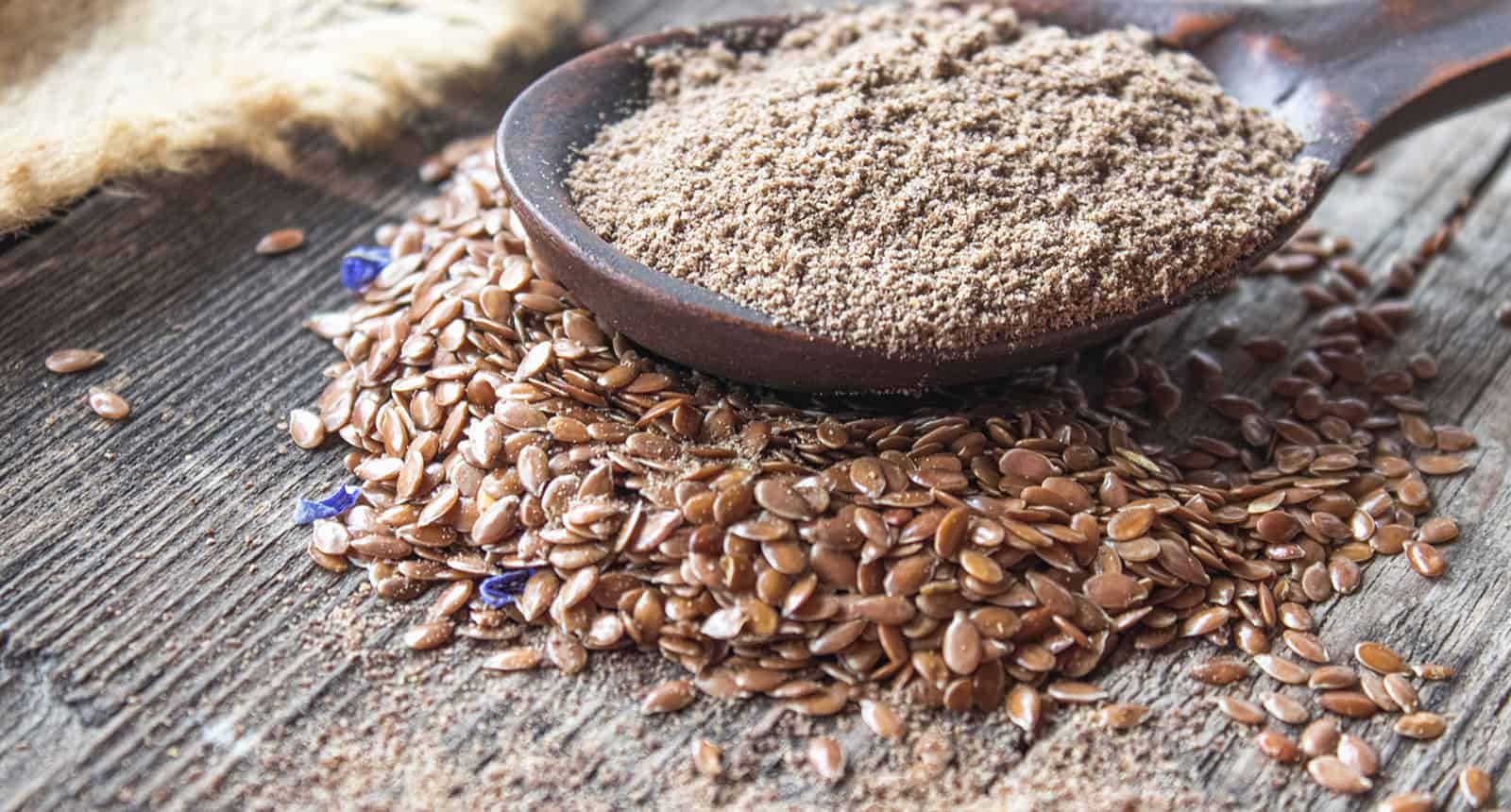
People have long been familiar with flaxseed oil and flaxseed used as a cereal grain. But what about ground flaxseed? It may not sound like a solid option, but its performance proves the opposite!
Flax seeds are favored for their health benefits as they are loaded with omega-3 fatty acids and have more nutrients than cornmeal. They are a go-to option for those following a strict diet and weight control.
You can make cornbread and pancakes with ground flaxseeds. Or a sprinkle of flaxseeds in a bowl of cereal would increase the flavors and give you a boost of energy for a hard-working day.
If you have flax seeds on hand, you can make ground flaxseeds on the spot with ease. You don’t need to go out of your way to process them with a bulky food processor.
A flaxseed grain is smaller than a coffee bean, so a multi-functional spice grinder is powerful enough to grind them down into desired consistency.
Considering nutritious benefits, one tablespoon ( 10 grams) of ground whole-grain flaxseed contain:
- 37 calories
- 0.3 g of saturated fat
- 2 g of carbs
- 1.9 g of dietary fiber
- 0.2 g of sugar
- 1.2 g protein
8. Oatmeal (Coarse Grinds, Different Flavors)
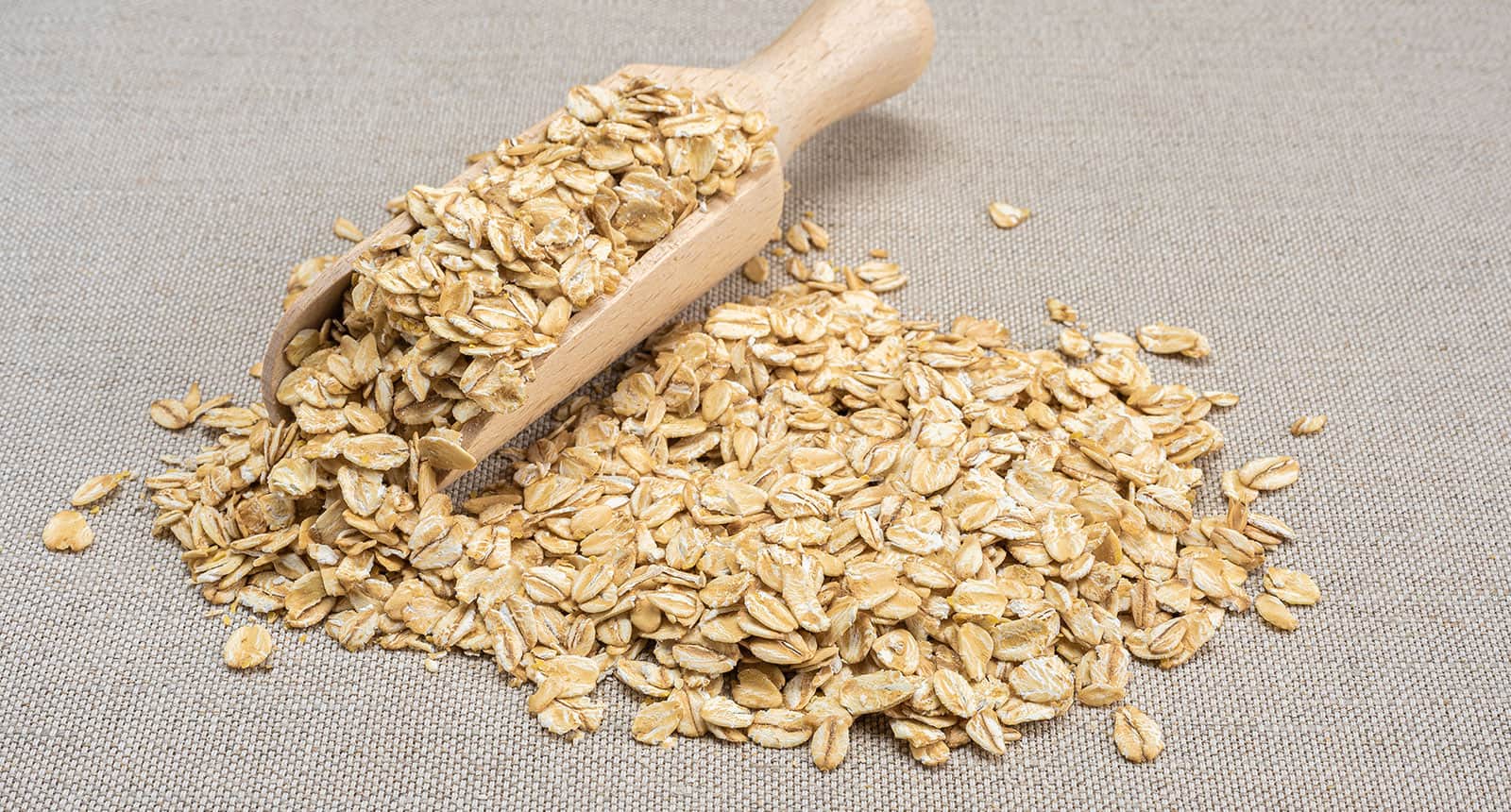
Similar to flaxseed, oatmeal has been widely used as a cereal. It is certainly the most common ingredient for a quick energy-rich breakfast.
Oatmeal has a gentle sweetness and a nutty flavor. Generally, it has no outstanding taste, which makes it very easy to combine with other ingredients.
Try to integrate it into cookies and bread recipes, you will be amazed at the results. Plus, it is much healthier because it is gluten-free, so surely a good fit for all kinds of people in your family.
Regarding nutrition facts, one cup (234 grams) contains:
- 166 calories
- 0.7 g of saturated fat
- 28 g carbs
- 4 g dietary fibers
- 0.6 g sugar
- 5.9 g protein
- 1.6 % calcium daily value
9. Bread Crumbs (Crumbly Texture, Different Flavors)
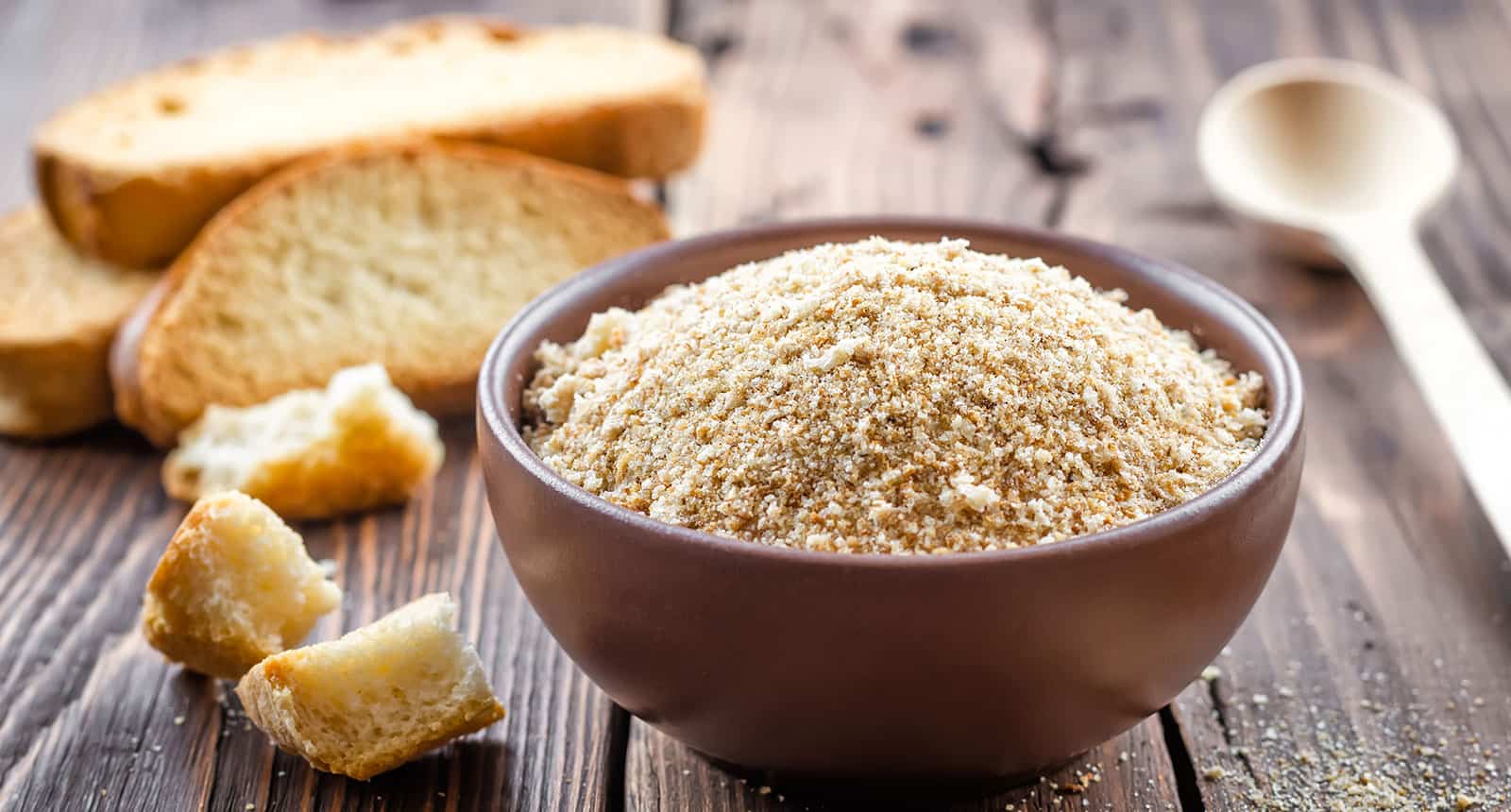
Bread crumbs have been long used as a delicious exterior coat for deep-fried foods. Its gritty consistency increases crunchiness while keeping the interior moist and flavorful.
Moreover, bread crumbs have quite neutral flavors, which are suitable for all kinds of fried food, from vegetables to meat, while cornmeal can be less appealing in combination with vegetables.
Breadcrumbs are easy to make, convenient to store, and come in handy for diverse uses. Toss some leftover slices of bread inside a food dehydrator and then break it down with a high-powered blender. And there you have it, breadcrumbs for making any fried food a mouth-watering look.
Breadcrumbs can only be used to coat fried foods, but it does the job perfectly well. There are no recipes for breadcrumbs to be used instead of cornmeal in baking, and I also do not recommend you do so.
In terms of nutrition facts, 1 cup (108 grams) of breadcrumbs contains:
- 427 calories
- 1.3 g of saturated fat
- 78 g of carbs
- 4.9 g of dietary fibers
- 6.7 g of sugar
- 14 g of protein
- 15% calcium daily value
10. Almond Flour (Fine Grinds, Different Flavors)
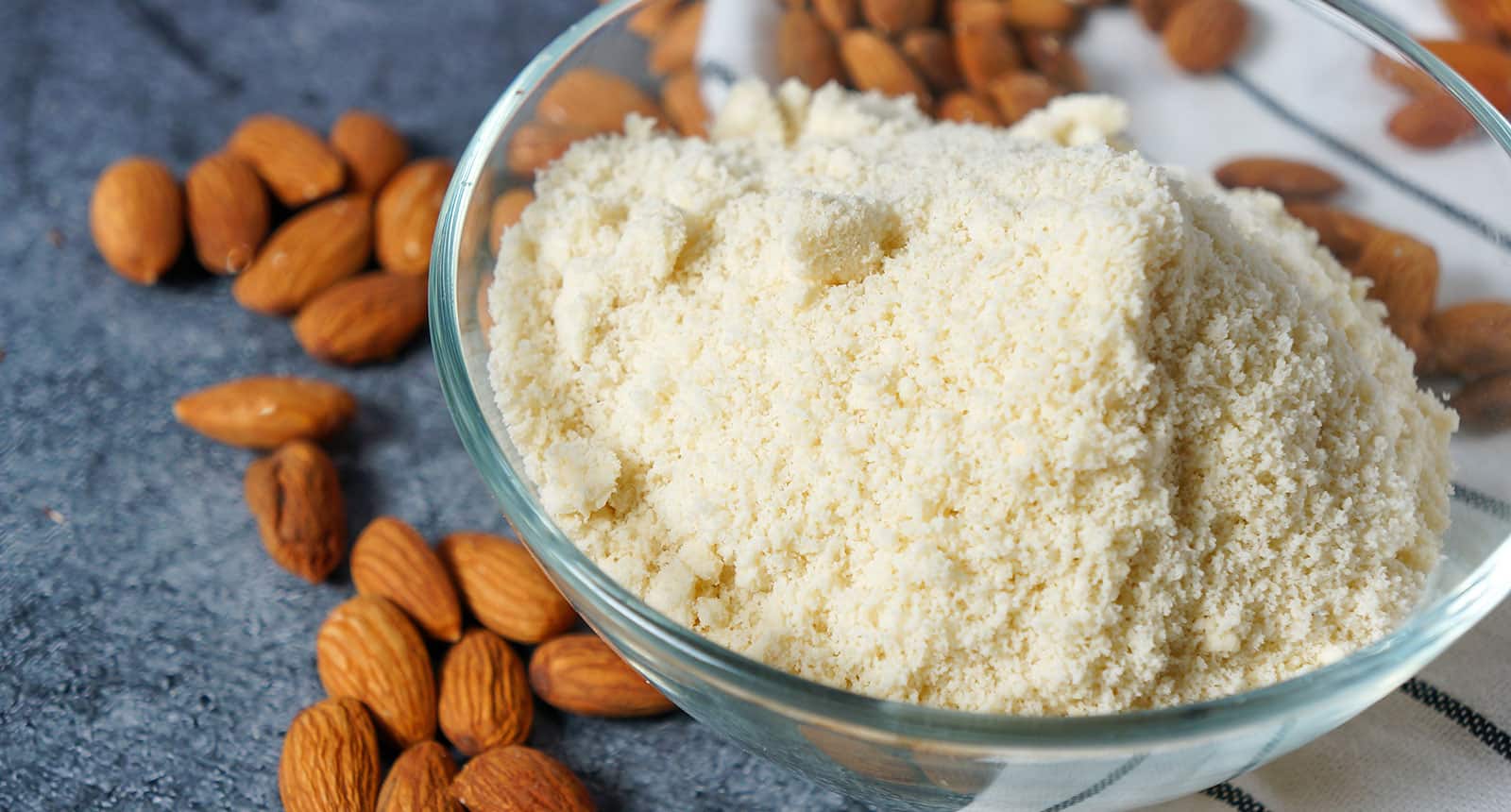
Almond flour is made from fresh almonds: almonds are poached to remove the brown skins, and then ground and sift through to achieve the final smooth, fine consistency.
It has a creamy white color and the whole flavor profile of almonds. Almond flour has an aromatic, pleasant, and milky flavor and a nutty, buttery taste. The lovely flavors will be the spotlight and appetite when into cakes, bread, and cookies when used instead of cornmeal.
It is not extra to say that almond flour is the best type of flour, because it has more health benefits than most other types of flour. Almonds are a rich source of vitamin E, healthy fat like monounsaturated fat, magnesium, fibers, and various vitamins.
Almond flour is claimed to help reduce the risk of health diseases, improves heart health, helps with diabetes control, and facilitates digestive systems to work more efficiently.
About nutrition facts, one cup (112 grams) of almond flour contains:
- 648 calories
- 4.3 g of saturated fat
- 35 g of monounsaturated fat
- 24 g carbs
- 4,9 g of sugar
- 14 g of dietary fibers
- 24 g of proteins
- 23% calcium of daily value
- 23% iron of daily value
11. Wheat Flour (Fine Grinds, Different Flavors)
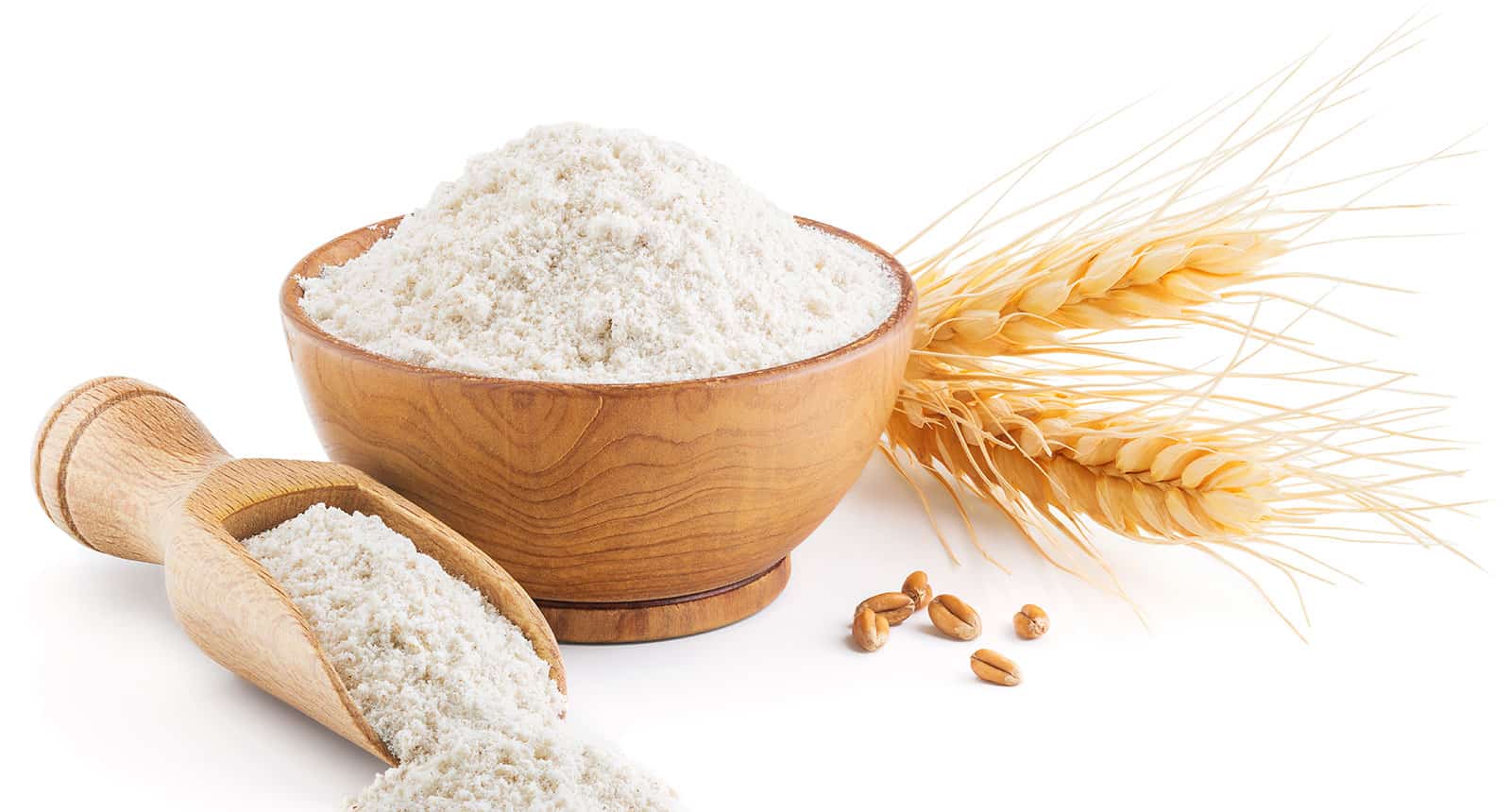
As a popular ingredient in culinary, wheat flour is present in every kitchen cupboard or pantry. Its versatility allows it to be an excellent choice for baking recipes in the absence of cornmeal.
However, typical wheat flour found in the marketplace is gluten-free, it is not for everyone. If you intend to use it, better check the ingredients and labeled advice on the packages to avoid a sick stomach.
For nutrition facts, 1 cup (125 grams) of wheat flour contains:
- 455 calories
- 0.2 g saturated fat
- 2.5 mg of sodium
- 95 g of carbs
- 3.4 g dietary fiber
- 0.3 g of sugar
- 13 g of protein
- 32% iron of daily value
Tips To Choose The Right Cornmeal Substitute For Your Recipe
Of course, for the best results with your cornmeal substitution, you should strictly refer to the desired flavors and consistency profile of the dish. Watch carefully if there are any ingredients that are not beneficial when combined.
If the recipe doesn’t specify the type of cornmeal or the size of grits, then you can always feel safe with ground corn grits. For non-corn substitutes, I suggest semolina or wheat flour for their diverse use in various recipes.
Below is a list of frequently made dishes with cornmeal, and the substitute you can use if you have none of it.
- Cornbread: Corn grits, polenta, ground flaxseed, almond flour, wheat flour.
- Corndog Batter: Wheat flour, masa harina.
- Cornmeal Pancake: Masa harina, polenta, semolina, ground flaxseed, almond flour.
- Cornmeal Waffle: Masa harina, semolina, almond flour.
- Cornmeal Porridge: Polenta.
- Cornmeal Pizza Crust: Semolina, wheat flour.
- Cornmeal Cookies: Corn grits, polenta, masa harina, oatmeal, almond flour.
- Coat For Deep-Fried Food: Breadcrumbs, cornflakes, tortilla chips.
How To Store Cornmeal Substitutes Properly?
Most of the introduced cornmeal substitutes are categorized as flour. And they bear typical shelf life characteristics of flour. They go rancid with time and particularly quickly in a humid environment. So you will need to take extra care with storage for long and healthy use.
Most commercial cornmeal substitutes sold on the market in paper packages, so you can use them directly as suitable containers for storage.
But the paper materials are waterproof, so it is still a nuisance in damp weather. It is advised that you put them in the fridge after opening.
Some people transfer them to silicone ziplock bags and put them in the freezer. It is hygienic and convenient, but it is not an economical and wise usage of space when it comes to storing in bulk.
The most efficient way of storage is to load them in tightly sealed jars or airtight containers if you have small quantities on hand. And remember to put a label with names and best-by dates on them, as they have similar looks and can be mistaken if not careful.
With a large amount of stuff, airtight containers can not be ideal tools because they take up much more space. You’d better store them in bags carefully sealed with vacuum sealers for compact storage.
Consistent temperature is also a key to extending the shelf-life of these flour-type substitutes. When flour is subjected to a change in temperature from cool to warm, the moisture in the package will condensate and turn into liquid.
And there is nothing worse than a dark, humid environment because it furthers the bacteria and mold to develop.
A proper place for storage is also vital to prolonging their shelf life. If you live in places with a lot of sunshine and dry weather, you can feel free to stock them in your pantry or kitchen board or any cool, dry place.
For regions with a higher level of humidity, you should not leave them outside at room temperature. You should always load them in the freezer.
According to the US Department of Agricultural State, bacteria that cause food poisoning does not grow in cold environments like the freezer.
In this way, storage is convenient, cost-saving, and doesn’t take up much space, and the ingredients are always fresh, ready for use.
A little note is that your opened flour can go rancid quicker than unopened ones, so after each use, you should put them in the fridge.
Open flour expires after 8 months if stored in a cool environment like the fridge. For unopened flour, proper storage can extend their shelf life to a good 1-2 years period.
For tortilla chips, cornflakes, and breadcrumb, you can refer to their shelf life labeled on the packages for smart and convenient use. These are highly water-absorbent and lose the flavors quickly so it is better to consume them within a short amount of time.
FAQs
In order to help you gain more information, I have gathered some frequently asked questions below for your wonders.
My Experience
As the type of person who loves trying new stuff, I have had a substantial amount of experience with cornmeal substitutes.
I once decided to go fancy with a coat of crushed cornflakes on my fried chicken thighs, and to be honest it is one of the most delicious chicken I have on Earth.
I also love ground flaxseed and decided to use them regularly in cookies and cornbread, and the novelty is not disappointing.
Sometimes I feel bored and stick with the basic wheat flour, you don’t really need to go out of your way to impress your guests, just normal stuff and cooking with your heart will win over their stomach.
With all the information above, hopefully, you will find the best substitute for your specific recipes.
If you would like to share anything, from your previous experiences or other substitutes you have used before, or simply your thoughts about this post, I would love to read them all in the comment section. And don’t forget to share these tips with your friends and family!

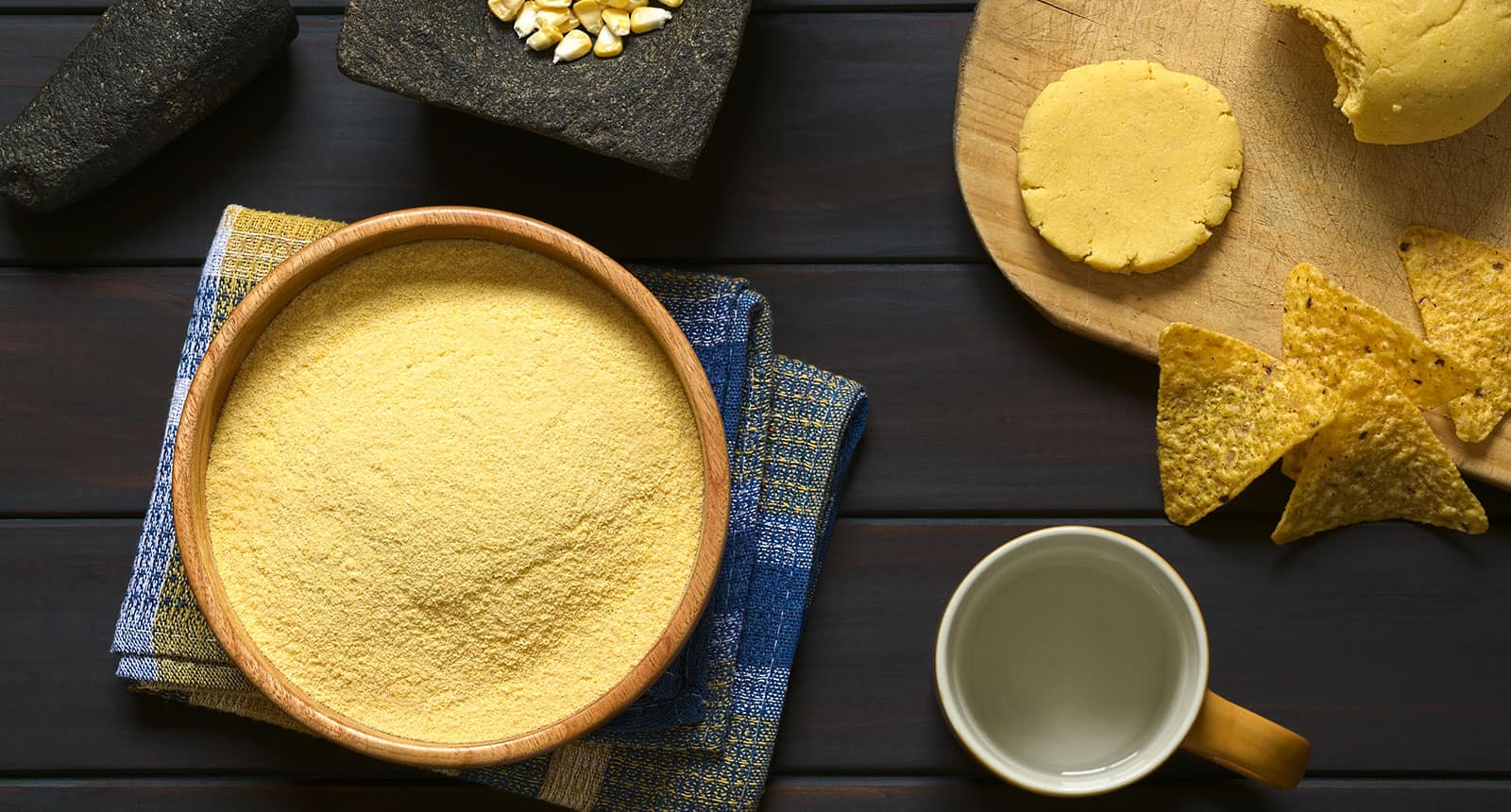
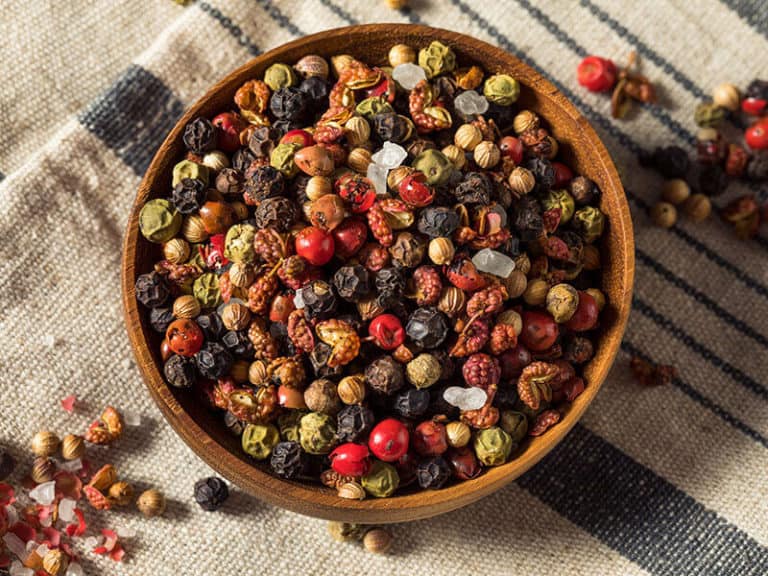

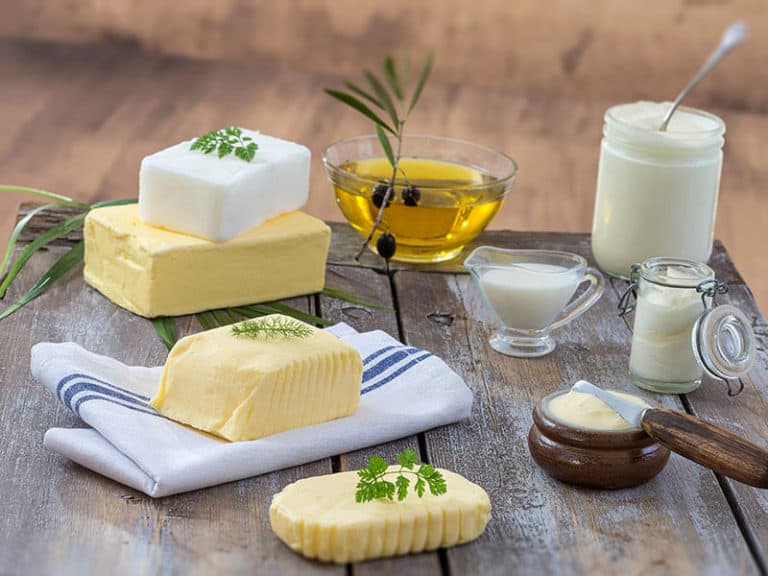
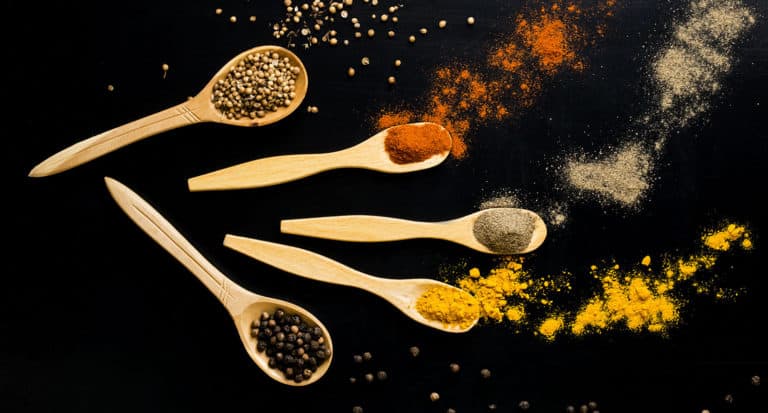
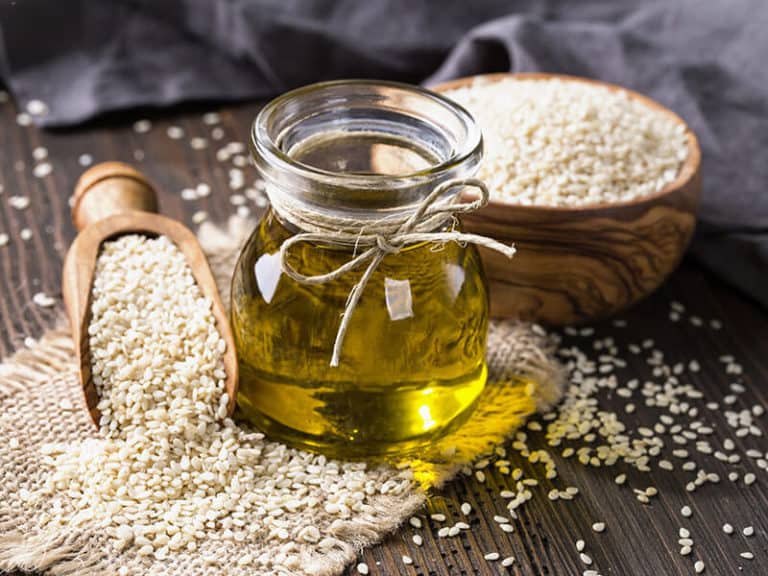
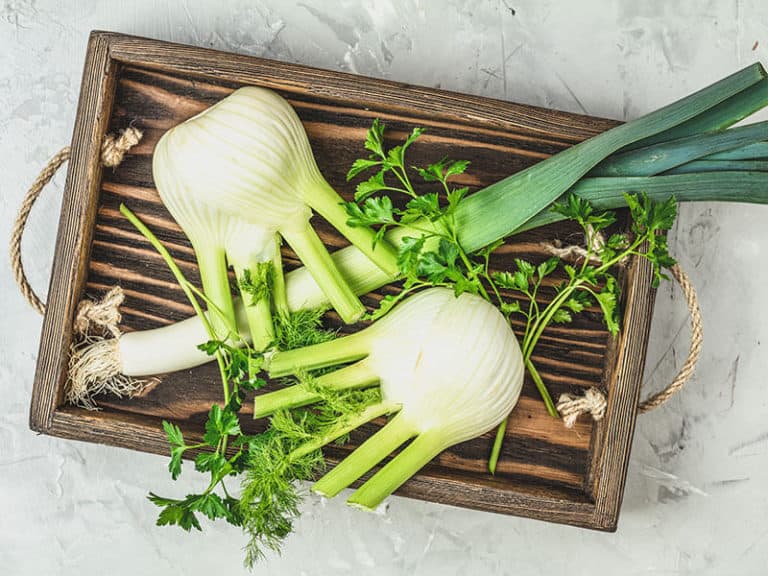
Amanda Collins
Founder and Senior Culinary Editor
Expertise
Culinary Arts and Management, Food Journalism and Critique, Recipe Development and Testing, Global Culinary Traditions, Sustainable Food Practices
Education
Institute of Culinary Education (ICE), New York, NY
Program: Diploma in Culinary Arts
Focus: Intensive hands-on training in culinary techniques, recipe development, and kitchen management, preparing students for professional roles in the culinary industry.
Monroe College, New Rochelle, NY
Program: Associate in Applied Science in Culinary Arts
Focus: Practical culinary skills, including cooking techniques, menu planning, and kitchen operations, with an emphasis on hands-on experience and industry standards.
Amanda Collins is a seasoned chef and food editor with a deep love for global flavors. Trained at the Institute of Culinary Education and Monroe College, and with over 15 years in the culinary field, Amanda has refined her skills in kitchens worldwide. Her background in food studies gives her a unique ability to share both recipes and the cultural stories that shape them.
As senior culinary editor at thebreslin.com, Amanda’s work brings authentic dishes to life, inviting readers to explore new flavors and techniques from around the globe. Her approachable style makes it easy for anyone to bring a bit of the world’s cuisine into their kitchen.